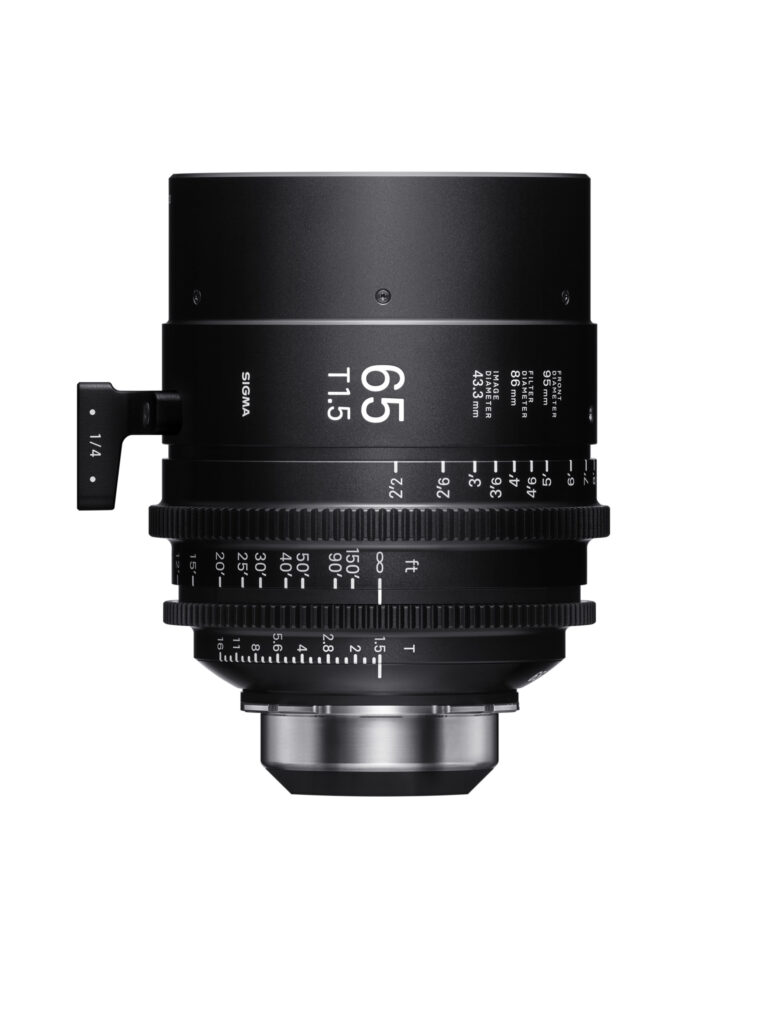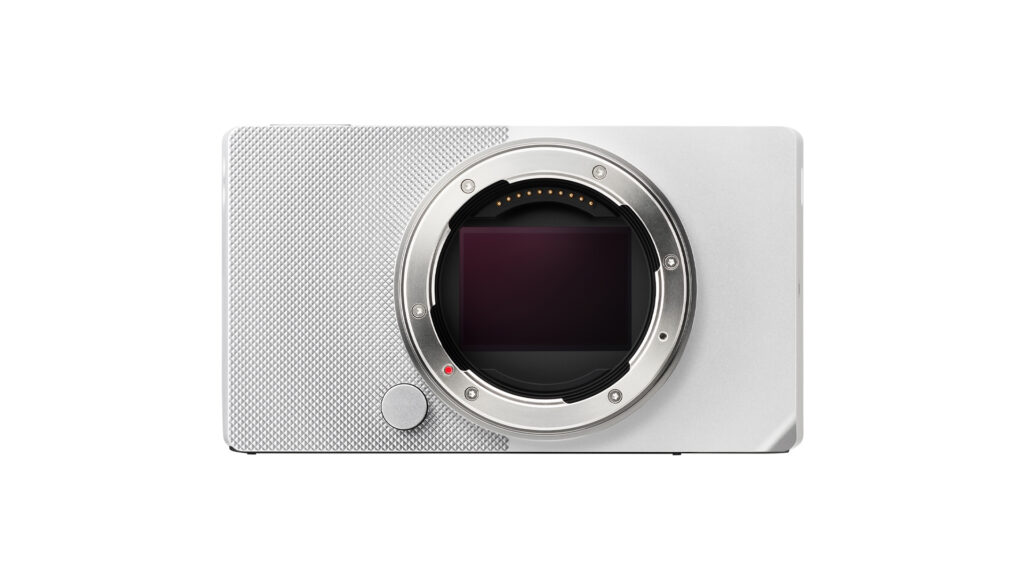Renowned cinematographer James Neihouse, ASC describes SIGMA 65mm T 1.5 FF lens as “the sharpest, cleanest image for this evaluation”
March 12, 2024 – Burbank, CA — SIGMA Corporation of America, a leading camera and lens manufacturer for both photography and cinema applications, is proud to announce that its SIGMA 65mm T1.5 FF Cine Prime was selected as the benchmark cine lens for the Giant Screen Cinema Association’s (GSCA) Camera Assessment Test (CAT). Results of the CAT were unveiled today during the Filmmakers Symposium portion of the GSCA Film Expo, held March 11-13 at the AMC Citywalk IMAX Theater & Universal City Hilton.

A team of cinematography professionals — led by renowned cinematographer James Neihouse, ASC and Michael Daut, co-chair of the GSCA Innovations Committee — conducted an extensive test to showcase the strengths of six higher-than-6K-resolution cameras. The objective was to provide filmmakers with invaluable information on how each camera performs in challenging shooting situations. This groundbreaking test involved a wide range of cameras, lenses, shooting scenarios, and locations.
“The evaluation required lenses that provided sharp, clean, crisp images while being as ‘neutral’ as possible,” said James Neihouse, ASC. “We chose the SIGMA 65mm T1.5 FF Cine Prime lens for its exceptional corner to corner sharpness and ability to cover a full frame (Vista Vision) size sensor. In Giant Screen documentaries, we like an image that is as close to reality as possible, which is why we liked this SIGMA lens. Other lenses were considered but rejected for bringing their own ‘look’ to the images.”
“We are honored that the GSCA selected the SIGMA 65mm T1.5 FF Cine Prime as the benchmark lens to assess these leading Cine cameras in the most demanding real-world situations,” reports Mark Amir-Hamzeh, President of SIGMA America. “and this demonstrates SIGMA’s dedication to crafting exceptionally high-performing lenses for filmmaking.”
Six cameras went through rigorous testing which examined sensor size and resolution, sensor space, compression, dynamic range, log space, RAW capture, lens mount, recording media, usability, reliability, flexibility, and support. The six selected cameras were ARRI Alexa 35, Canon R5C, Kinefinity MAVO Edge 8K, RED V Raptor XL, SONY A1 and SONY Venice 2.

